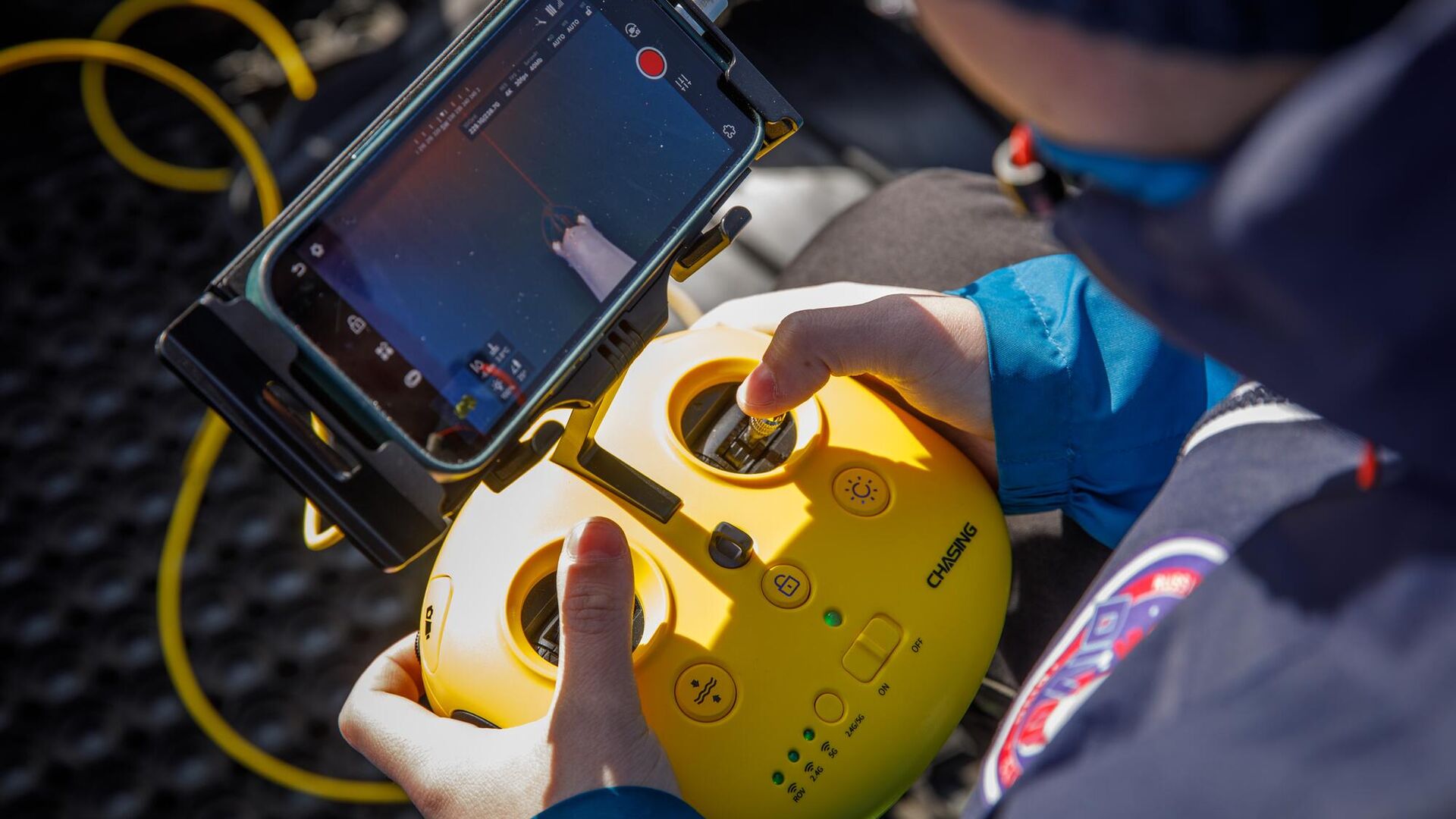
MOSCOW, May 25. The most modern achievements of science and technology are used to search for artifacts of the 19th and 20th centuries at the bottom of Lake Ladoga by members of the expedition, which takes place as part of a long-term research project to study historical finds “Heritage of the Ladoga Depths”. This year, in addition to divers, the expedition included archaeologists and marine geodesy specialists, the expedition press service reported.
It is known that in 1940, during an attempt to evacuate the church property of the Valaam Monastery to Finland, the bells from the church of the St. Nicholas Skete went to the depths of Lake Ladoga. Divers — members of the Oryol diving club «Divo» have been searching for lost church values in the waters of Valaam Island since 2017.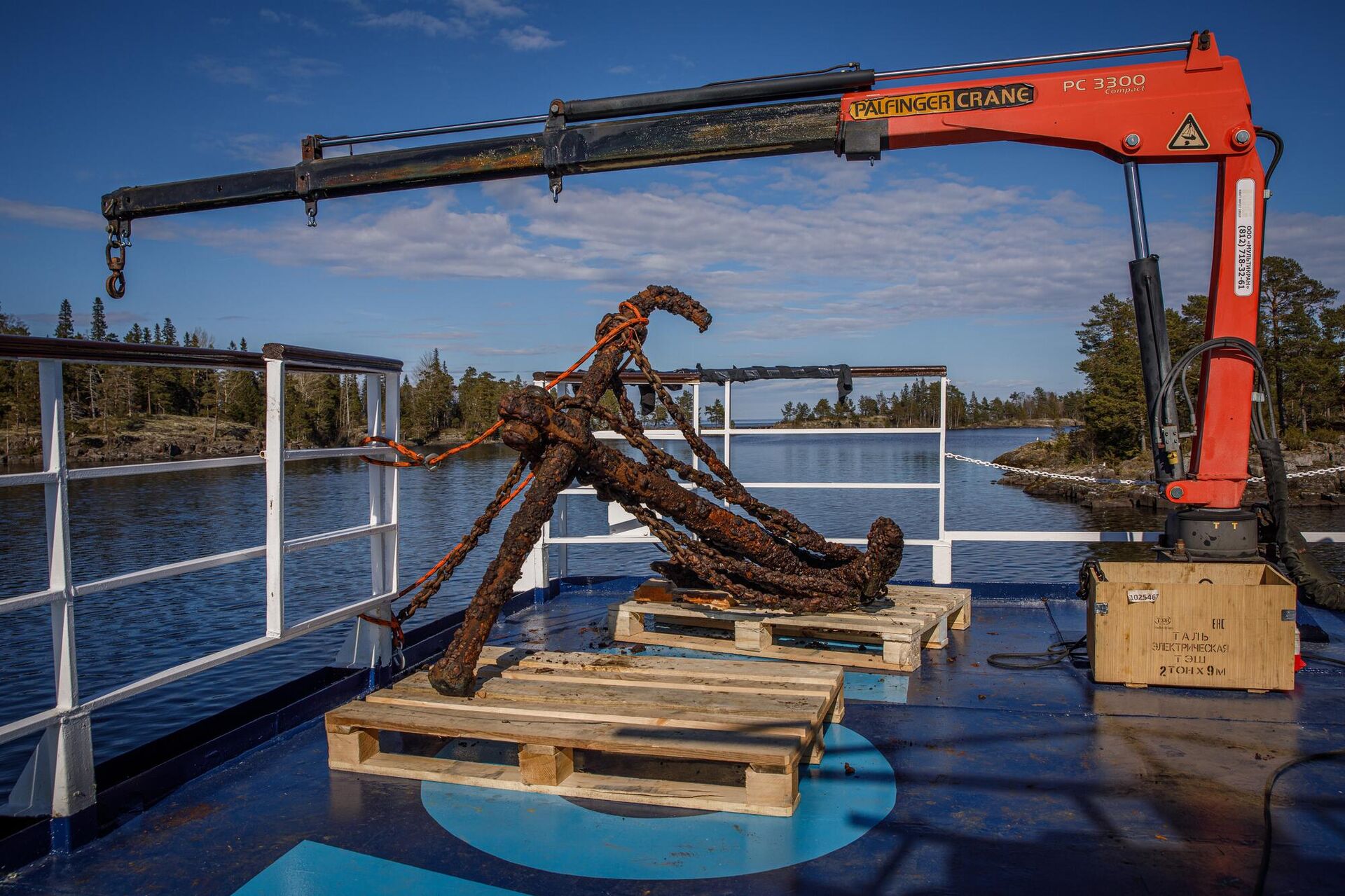
For several years During the course of research, club members managed to discover several sunken ships, two GAZ-AA cars and many smaller artifacts from the late 19th – first half of the 20th centuries. The search for church bells and other items of historical value continues. Scientists and engineers came to the aid of the divers, using advanced scientific technologies for research.
Employees of the Institute of Archeology of the Russian Academy of Sciences and the engineering company «Marine Geodesy» used multi-beam side-scan locators and magnetometers to search for historical objects at the bottom of the lake, said Sergei Kulikov, coordinator of the 1XPEDITION research project, general director of the Oryol diving club «Divo».
«»The side-scan sonar did not produce results, and we realized that the bells do not lie at the bottom; over the past years they have sunk into the soil. We hope that this year, with the help of improved techniques, new objects will be discovered that we can examine under water. Many interesting discoveries have already been made; every item found is of great value. Any artifact transferred to the monastery museum helps us touch history,” he said.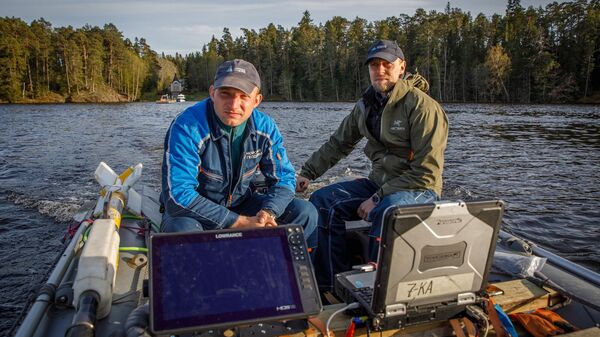
1 of 4

2 of 4
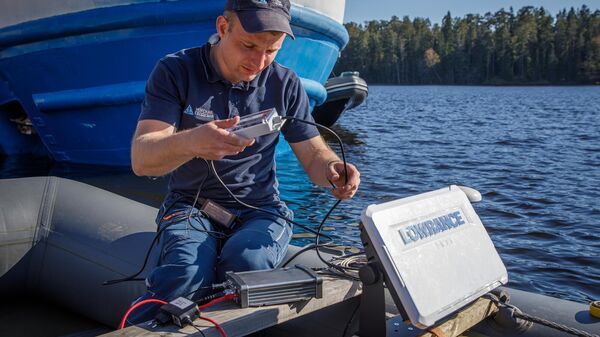
3 of 4
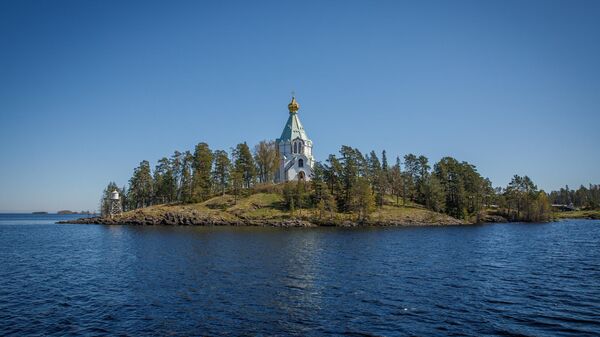
4 of 4
1 of 4
2 of 4
3 of 4
4 of 4
The task facing the researchers is complex, since the bells were cast from bronze, a non-magnetic copper-based alloy that is not easy to detect in the bottom soil. Only individual magnetic elements may be present in the tongues of the bells or in the boxes in which they were packed, noted Nikolai Skrylev, a member of the expedition, chief engineer of Marine Geodesy.
“Nikonovskaya Bay has a very rugged bottom topography with elevation changes, rock outcrops and stones. Objects at the bottom can be hidden behind the topography, under a layer of silt, and are difficult to detect. Therefore, we had to use several methods. In 2023, we updated the electronic cartography of Lake Ladoga , carried out multi-beam survey of the bottom topography, which allows for its three-dimensional modeling. For example, we received a complete three-dimensional model of the sunken ship even before divers found it,” he said.
According to the surveyor, to date divers have received the most detailed information about objects lying on the bottom of the lake in the search area. It will help them systematically examine areas of the bottom where finds are most likely.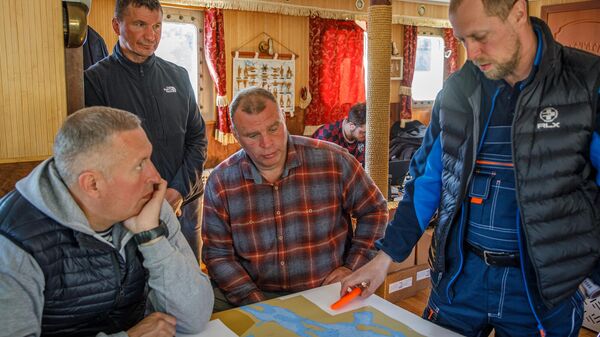
1 of 6
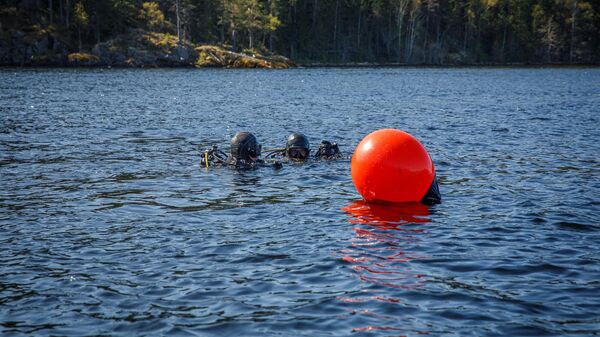
2 of 6
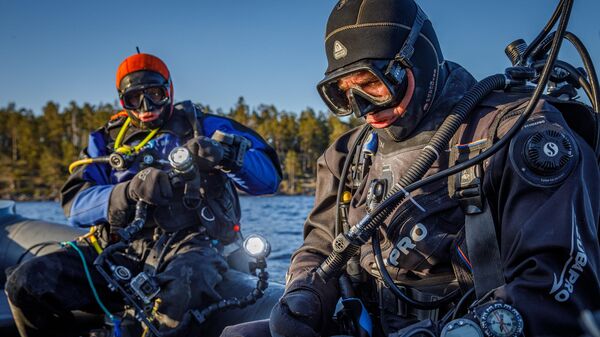
3 of 6
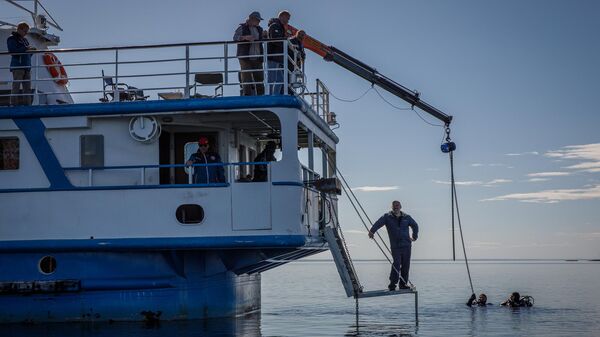
4 of 6

5 of 6
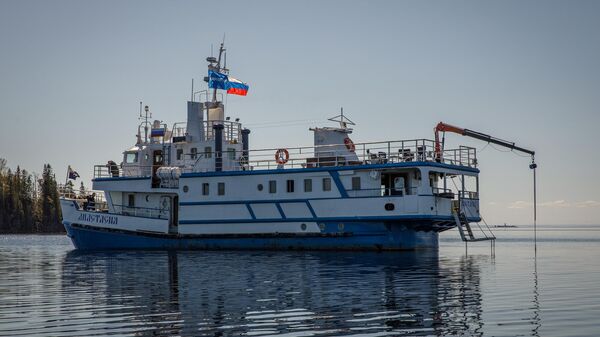
6 of 6
1 of 6
2 of 6
3 of 6
4 of 6
5 of 6
6 of 6
In their work, divers and surveyors are accompanied by scientific consultants-archaeologists. The head of the Center for Underwater Archaeological Heritage at the Institute of Archeology of the Russian Academy of Sciences, Sergei Olkhovsky, spoke about the role they play in the expedition.
“Our task is to make sure that the research methods used really correspond to the modern scientific level in the field of archaeology. If we identify any finds of cultural value, we must ensure that they are handled appropriately. To be able to quickly preserve them, bring them to to museum condition or, at least, transferred to the state museum in a condition suitable for further restoration and museumification,” he explained.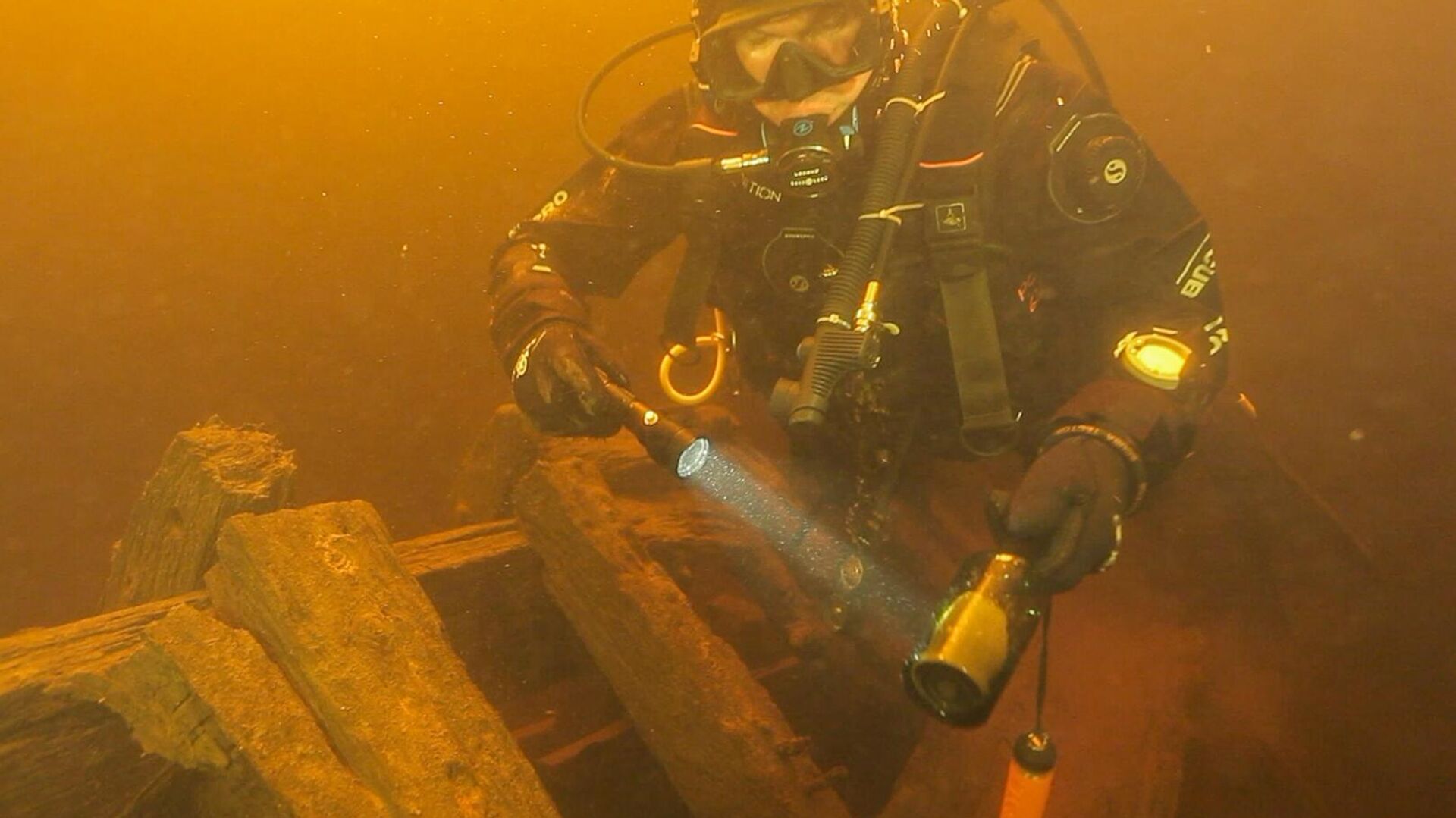
The scientist emphasized that expeditions in the waters Every year Ladoga passes at an increasingly higher level in terms of the use of remote survey tools and careful attention to objects that can be discovered.
«For many centuries, active navigation was carried out in the waters of Ladoga, and there is no doubt that in the vicinity of the island Valaam has a significant number of sunken objects. At least some of them have historical and cultural value. So far, no obvious archaeological objects have been found, but there are chances that any field season could be marked by such finds,” he concluded.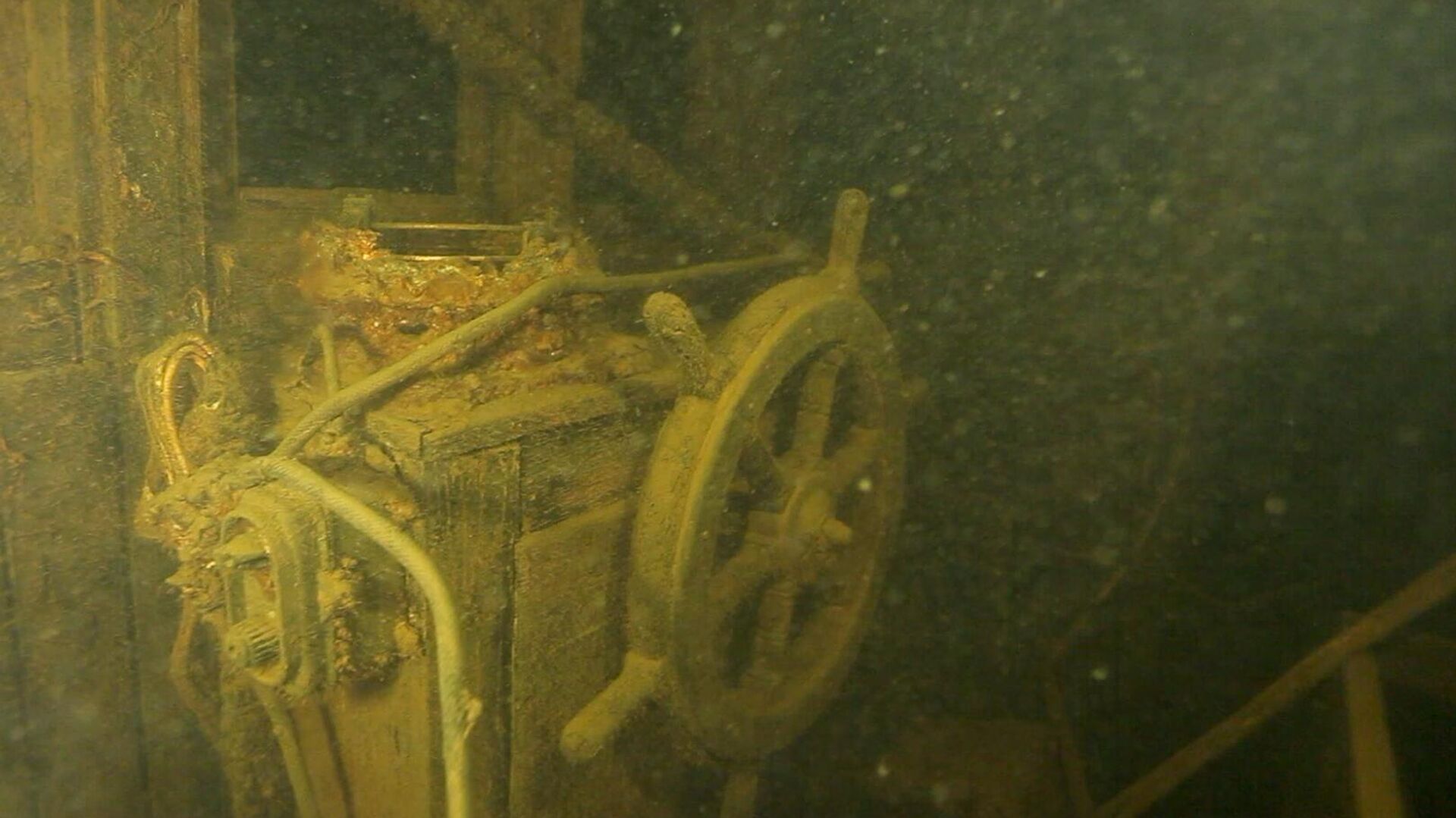


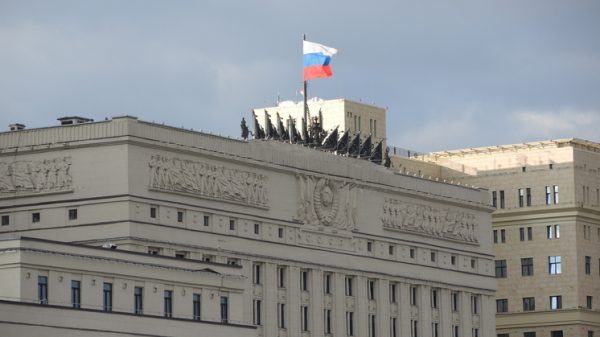
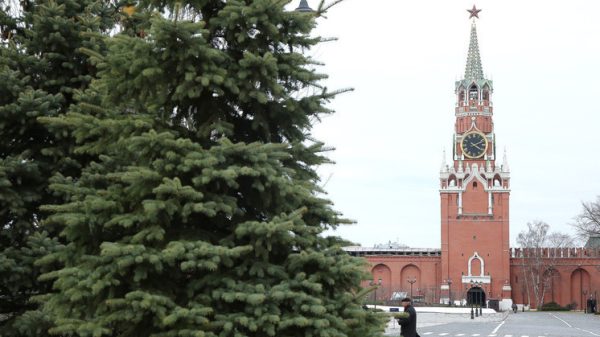



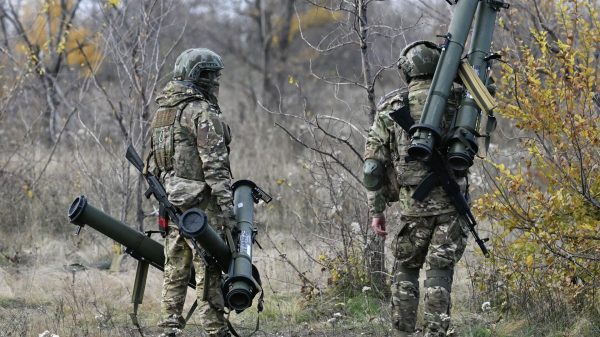
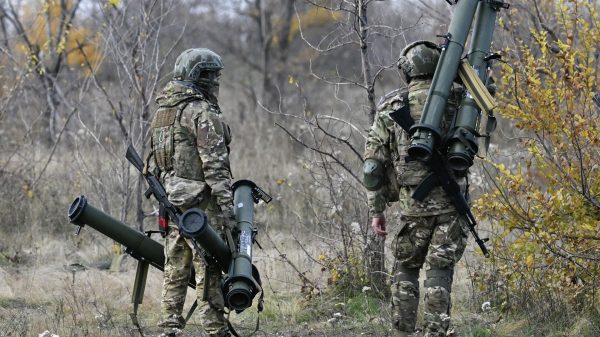


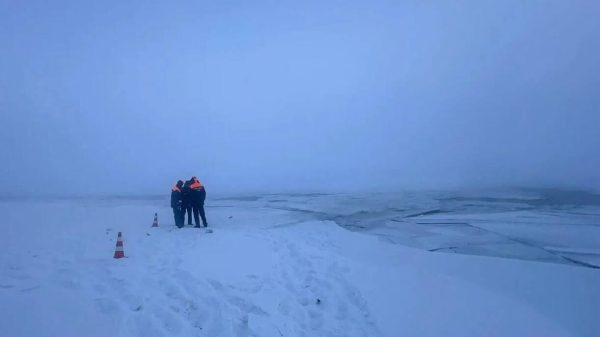








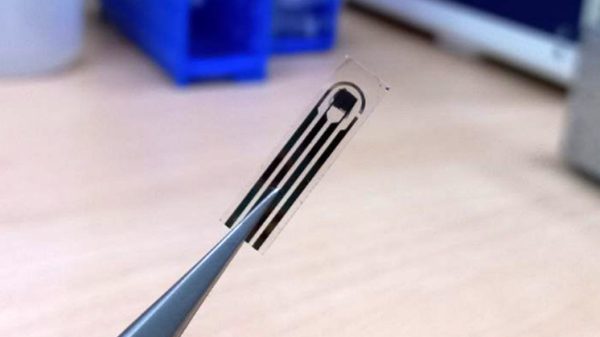
















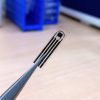


















Свежие комментарии